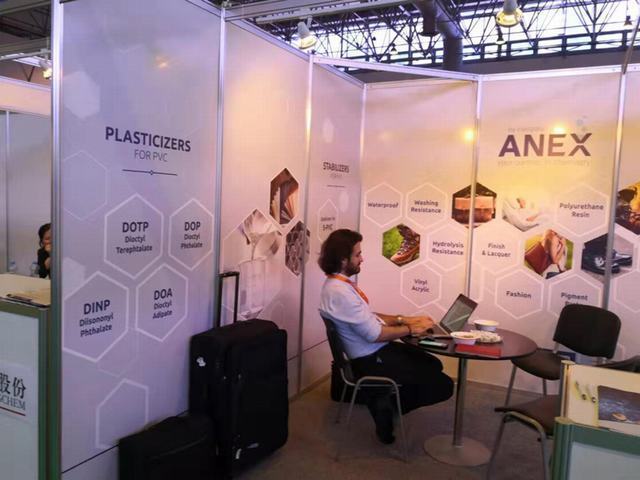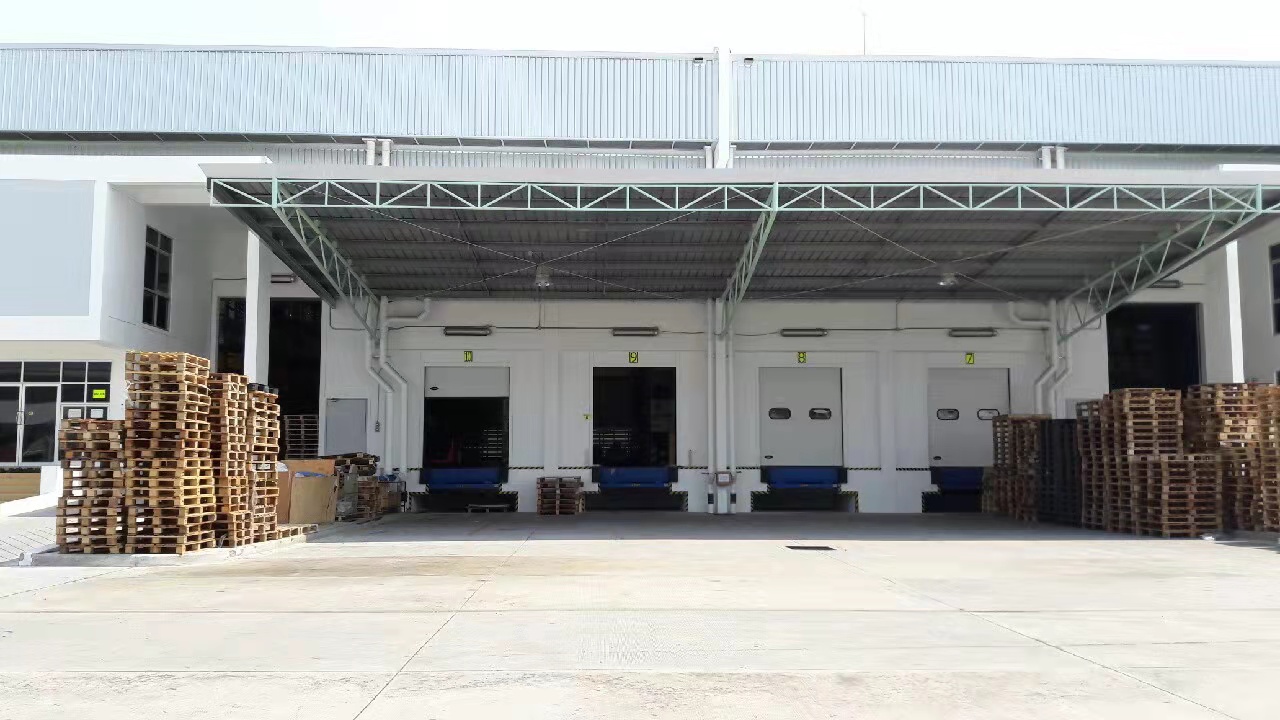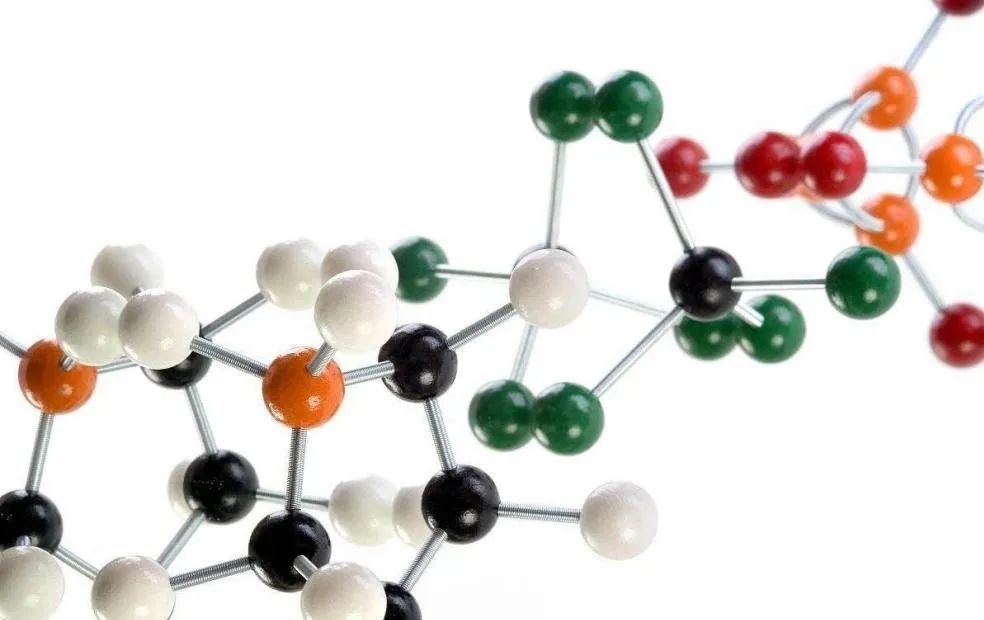Testing method for solid content of additives
Introduction
Solid content (solid content) is one of the commonly used testing indicators for printing and dyeing auxiliaries. It can usually reflect the effective content of auxiliaries. On the one hand, it can be used as a reference indicator for comparison of various auxiliaries, and it can also be used as a reference indicator for comparison of various auxiliaries. For comparative testing of batches of additives.
However, it is not ruled out that additive manufacturers may add non-effective ingredients to increase solid content through improper means. The final test will still be based on the effect of use.

1. Oven method
1. Principle: A sample of a certain mass is dried under normal pressure at a certain temperature for a certain time, and the solid content is expressed as the percentage of the mass of the sample after heating and the mass of the sample before heating.
2. Determination of steps
① Take three weighing bottles, dry them in an oven at (105±2) ℃ for 1.5 hours, cool them in a desiccator for 30 minutes and then weigh them, recorded as m1.
② Weigh 1~2g (accurate to 0.0001g) sample into a dried weighing bottle, recorded as m.
③ Gently turn the weighing bottle to make the sample evenly distributed at the bottom of the weighing bottle. Open the lid of the weighing bottle slightly, place it in an oven at (105±2) ℃, turn on the blower, and dry for 3 hours. , tightly cap the bottle, place it in a desiccator to cool for 30 minutes, weigh it, and record it as m2.
3. Calculation of results
The solid content of the sample is measured as mass fraction X, the value is expressed in (%), and is calculated according to formula (1):
X=(m2-m1)/m×100% (1)
In the formula:
m——The numerical value of the sample mass. The unit is grams (g);
m1——The value of the sample mass. The unit is grams (g);
m2——The value of the mass of the weighing bottle and the sample after drying. The unit is grams (g).
Take the arithmetic mean of two parallel measurements and round it to 0.1% in accordance with GB/T8170-2008 to obtain the measurement result. The difference between the two parallel measurement results shall not be greater than 0.3%. 
2. Sugar meter method
1. Principle:
The sugar content of a solution measured using the principle of refraction has a certain proportional relationship with its solid content. By measuring the sugar content of the solution, the solid content of the sample can be calculated according to a certain proportional coefficient.
2. Measurement steps:
The test should be conducted at room temperature, and the sample needs to be equilibrated to room temperature before measurement.
① Clean the surface of the sugar meter prism, drop about 0.3mL of water on the surface, and adjust to zero according to the sugar meter operating instructions.
② Discard the water on the sugar meter, dry the prism, drop about 0.3mL of sample on its surface, measure the sugar content of the sample according to the sugar meter operating instructions, until the two readings are stable, record it as a sample Sugar content A.
③ Convert the solid content of the sample according to the proportional coefficient n between the solid content and the sugar content obtained by data accumulation.
Note: Since this method is tested using the principle of refraction, do not use it for testing samples that are difficult to wash with water, otherwise it will contaminate the prism surface and make the test inaccurate.

3. Calculation of results
The solid content of the sample is measured as mass fraction X, the value is expressed in (%), and is calculated according to formula (2):
X = n×A ————- (2)
In the formula:
n——Conversion coefficient between solid content and sugar content
A – Brix content of the sample, %